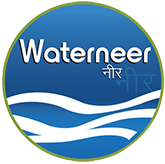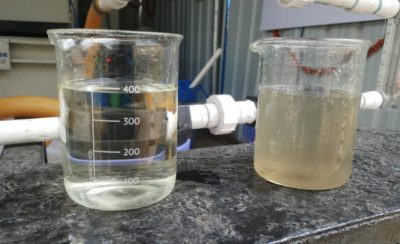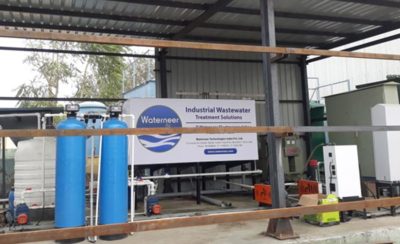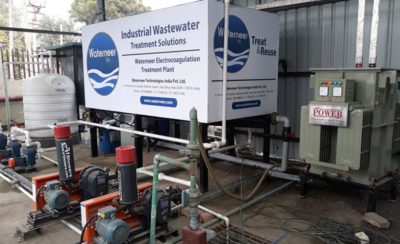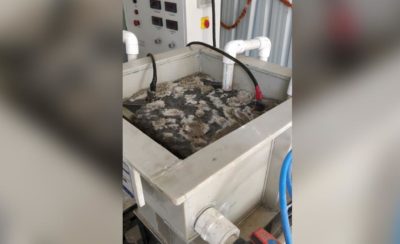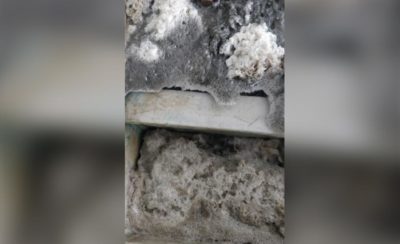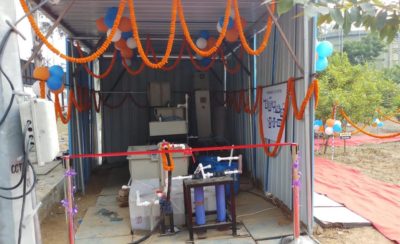Electrocoagulation Manufacturer
Principles of ELECTROCOAGULATION
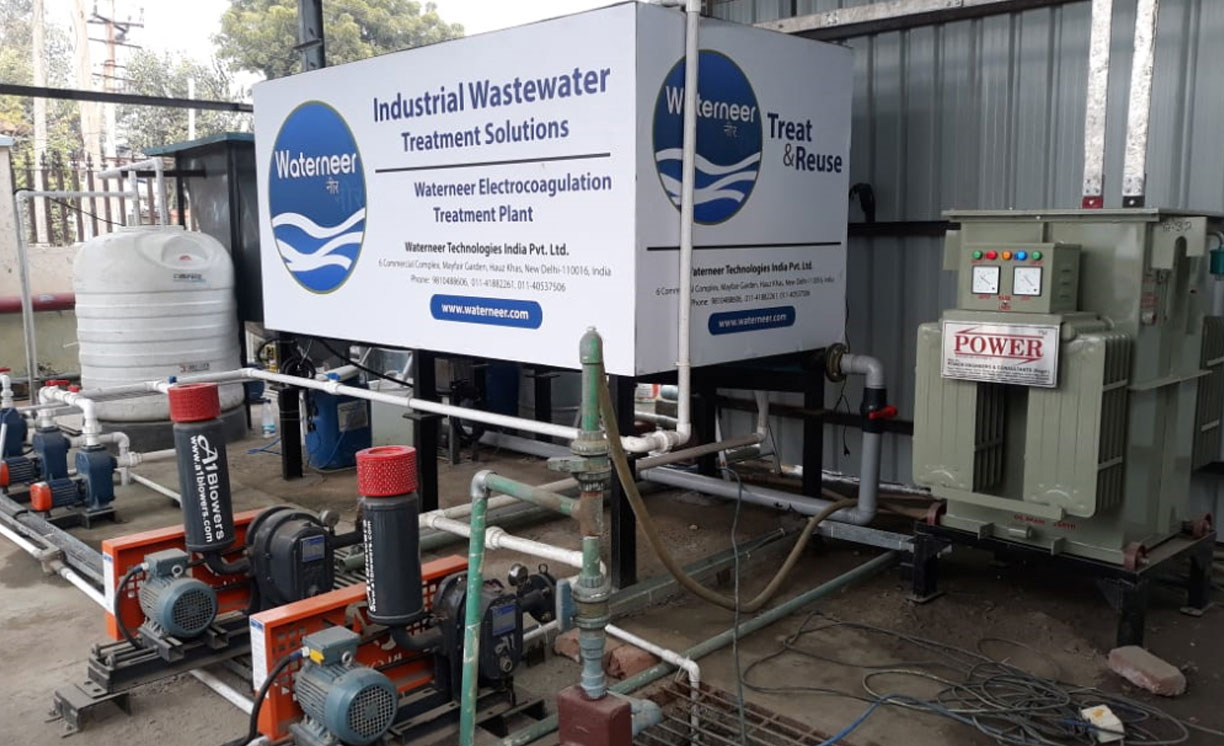
Electrolysis is a process in which oxidation and reduction reactions take place when electric current is applied to an electrolytic solution. TAR is based on dissolution of the electrode material used as an anode. This so-called “sacrificial anode” produces metal ions which act as coagulant agents in the aqueous solution. At its simplest, an EC system consists of an anode and a cathode made of metal plates, both submerged in the aqueous solution being treated. The electrodes are made of aluminum, because it’s cheap, readily available, proven effective, and non-toxic. Thus they have been adopted as the main electrode materials used in EC systems.EC system contain multiple anode-cathode pairs and connected in a bipolar mode. During EC, the following main reactions take place at the electrodes.
Anodic reactions:
Al (s)®Al3++ 3 e-
Eo=+ 1.66 V
2H2O(l )® O2(g )+ 4 H++4e-
Eo=-1.23V
Cathodic reactions:
2H2O+ 2e-®H (g)+ 2(OH )-
Eo= 0.83 V
Advantages of Waterneer's Electrocoagulation
Removes heavy metals as oxides that pass Toxicity characteristic leaching procedure (TCLP)
Removes suspended and colloidal solids
Breaks oil emulsions in water
Removes fats, oil, and grease
Removes complex organics
Destroys and removes bacteria, viruses and cysts
Benefits of Electrocoagulation
- Supplied as a skid mounted unit, fully assembled for inlet/outlet and backwash connections
- Low operating costs
- Low power requirements
- Minimal chemical additions
- Low maintenance
- Sludge minimization
Disadvantages of EC
- The ‘sacrificial electrodes’ are dissolved into wastewater streams as a result of oxidation, and need to be regularly replaced.
- The use of electricity may be expensive in many places.
- An impermeable oxide film may be formed on the cathode leading to loss of efficiency of the EC unit.
- High conductivity of the wastewater suspension is required.
- Gelatinous hydroxide may tend to solubilize in some cases.
Applications
- Ground Water Cleanup
- Surface Water Cleanup
- Process Rinse Water and Wash Water
- Sewage Treatment
- Cooling Towers
- Water Pretreatment
Ground Water Cleanup
EC is extremely effective in the removal of naturally occurring salts in well water, as well as the separation of iron, magnesium, calcium, metals, nitrates and sulfur. EC is also well suited for the reclamation of ground water that has been contaminated with heavy metals, high molecular weight hydrocarbons and Halogenated hydrocarbons.
Surface Water Cleanup
EC is used to remove bacteria, viruses and cysts from surface water, thereby rendering contaminated waste streams into potable water. EC is particularly effective in the removal of life threatening contaminants such as giardia and cryptosporidium.
Process Rinse Water and Wash Water
EC routinely treats process and rinse water from the electroplating, computer board manufactures, textile industry, paint rinse water, steel production, mining industry, automotive industry, equipment repair industry, stack wash water, and pulp and paper. In most cases, the treated water can be recycled and reused.
Sewage Treatment
EC has proven effective in treating sewage water, sewage sludge concentrations, and sewage sludge metal fixation sufficiently to enable land application.
Cooling Towers
EC is used to pre-treat water entering towers as well as blow down water to remove algae, suspended solids, calcium, and magnesium buildup, thereby eliminating costly replacement water.
Water Pretreatment
Water pretreatment with EC has proven effective in removing bacteria, silica and TSS prior to subsequent polishing with reverse osmosis, ultra filtration, nanofiltration, and photocatalytics.
Conclusion
Electrocoagulation has a wide variety of wastewater treatment capabilities. It is the process of destabilizing suspended, emulsified or dissolved contaminants in aqueous medium by introducing a minimal amount of electrical current. It thereby reduces additional costs involved for the process. It even replaces traditional treatment process such as filtration, chemical treatment, which have proved to be less effective and expensive processes. Considering the benefits, EC process helps removal of TSS by 95-99 per cent; BOD by 50-98 per cent and Bacteria by 95-99 per cent. This suggests that the technique is effective and reliable for a wide variety of future applications, which in turn will give hope for purified water for all.
